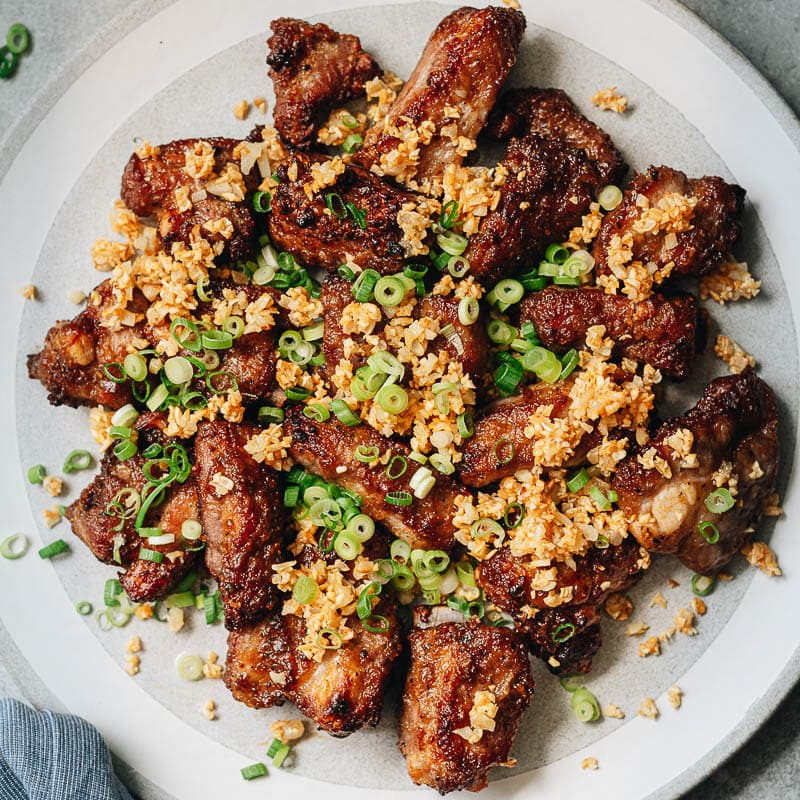Stove-Fried Pork Ribs: Crispy and Flavorful Recipes
I. Introduction
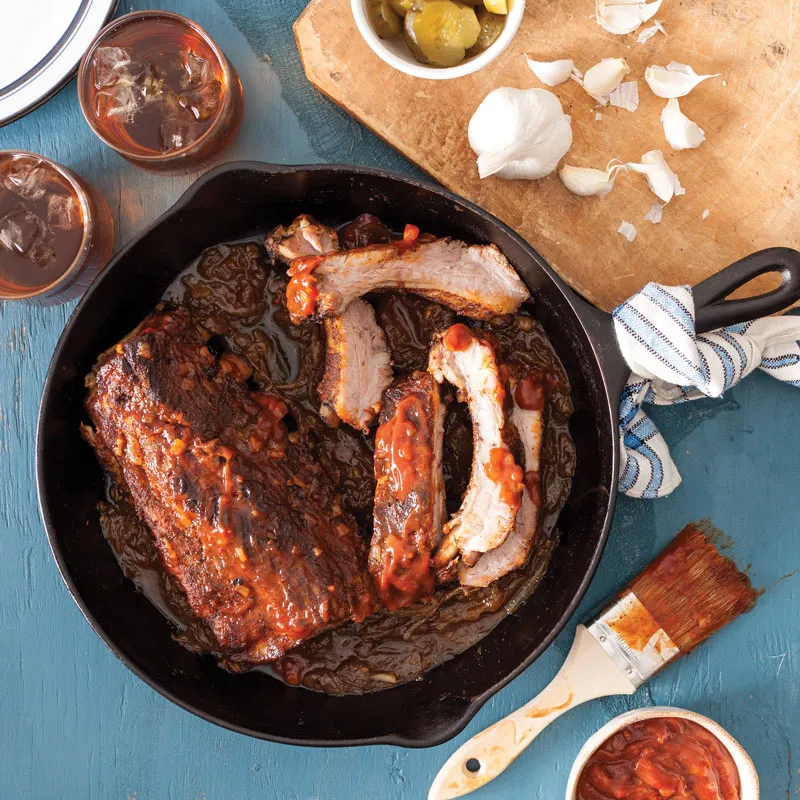
A. Brief overview of stove-fried pork ribs
Stove-fried pork ribs are a delicious and convenient alternative to grilling or baking. Frying the ribs on the stove allows for a crispy exterior and a tender, juicy interior. This method captures all the flavors and results in a mouthwatering dish that can be enjoyed year-round.
B. Advantages of frying pork ribs on the stove
Frying pork ribs on the stove offers several advantages. Firstly, it provides more control over the cooking process, ensuring that the ribs are cooked to perfection. The direct heat of the stove allows for a quicker cooking time, which means you can enjoy flavorful pork ribs in less time. Additionally, stove-frying allows for easy customization with various seasonings and sauces.
II. Choosing and Preparing Pork Ribs
A. Selecting the right type of pork ribs
There are different types of pork ribs to choose from, such as baby back ribs or spare ribs. Baby back ribs are smaller and more tender, while spare ribs are slightly larger and have more meat. Consider your personal preference and cooking time when selecting pork ribs.
B. Preparing the ribs for frying
Before frying the pork ribs, it is important to prepare them properly. Start by removing the membrane from the bone side of the ribs for more tender results. Season the ribs with salt and pepper or your desired dry rub. Allow them to marinate for at least 30 minutes or overnight in the refrigerator to enhance the flavor.
III. Basic Stove-Fried Pork Ribs
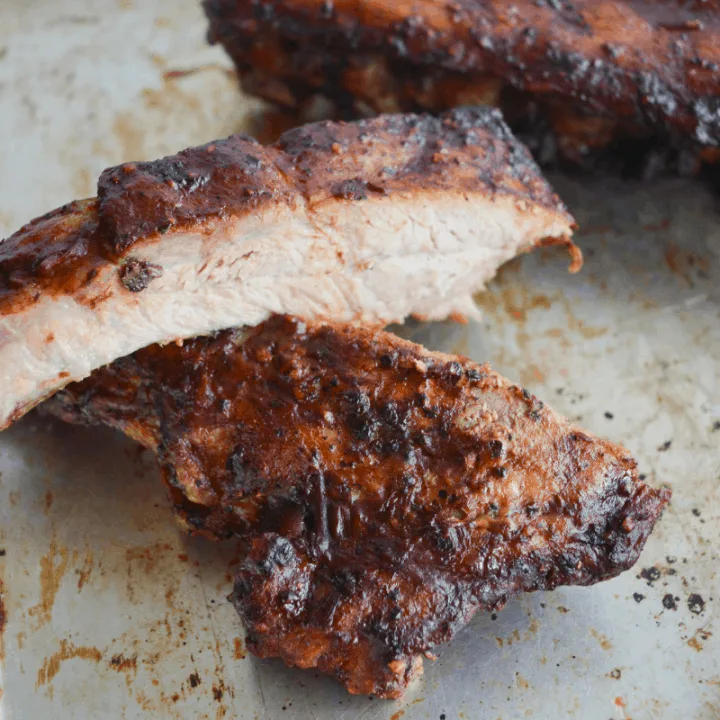
A. Recipe for basic stove-fried pork ribs
- Preheat a large, deep skillet or Dutch oven over medium heat.
- Add enough oil to the skillet to cover the bottom and heat until shimmering.
- Place the seasoned ribs in the hot oil, bone-side down, and cook for about 4-5 minutes until browned.
- Flip the ribs and cook for an additional 4-5 minutes until the other side is browned.
- Reduce the heat to low, cover the skillet, and continue cooking the ribs for about 1-2 hours until tender and fully cooked, flipping occasionally.
- Remove the ribs from the skillet and let them rest for a few minutes before serving.
B. Tips for achieving a crispy exterior and juicy interior
- Ensure the oil is hot before adding the ribs to achieve a crispy crust.
- Sear the ribs on high heat at the beginning for a flavorful, caramelized exterior.
- Use a meat thermometer to ensure the ribs are cooked to the desired doneness.
C. Suggested seasoning blends for flavor variation
- Classic BBQ: Combine brown sugar, paprika, garlic powder, onion powder, salt, black pepper, and cayenne pepper.
- Asian-inspired: Mix soy sauce, ginger, garlic, honey, sesame oil, and Chinese five-spice powder.
- Smoky and spicy: Create a blend of chili powder, cumin, smoked paprika, cayenne pepper, garlic powder, salt, and brown sugar.
IV. Spiced-Infused Stove-Fried Pork Ribs
A. Infusing the ribs with aromatic spices and herbs
Infusing the ribs with aromatic spices and herbs adds depth and complexity to the flavor. Consider using spices like smoked paprika, cumin, coriander, or chili powder. Sprinkle the spices liberally on the ribs, ensuring they are evenly coated. Let the ribs sit for at least 30 minutes to allow the flavors to penetrate.
B. Creating a dry rub for the ribs
Creating a dry rub is a great way to add a burst of flavor to stove-fried pork ribs. Mix together a combination of spices, such as paprika, brown sugar, black pepper, garlic powder, onion powder, and salt. Massage the spice rub into the ribs, making sure to cover all sides. Let the ribs sit in the refrigerator for a few hours or overnight to allow the flavors to meld.
C. Enhancing the flavors with marinades and glazes
Marinades and glazes are excellent options for adding flavor and moisture to stove-fried pork ribs. Consider creating a marinade using soy sauce, honey, garlic, ginger, and a splash of vinegar. Let the ribs marinate for at least 2 hours, or overnight for maximum flavor. Glazes made with ingredients like barbecue sauce, honey, soy sauce, or fruit preserves can also be brushed onto the ribs during the cooking process to create a sticky, flavorful coating.
V. Asian-Inspired Stove-Fried Pork Ribs
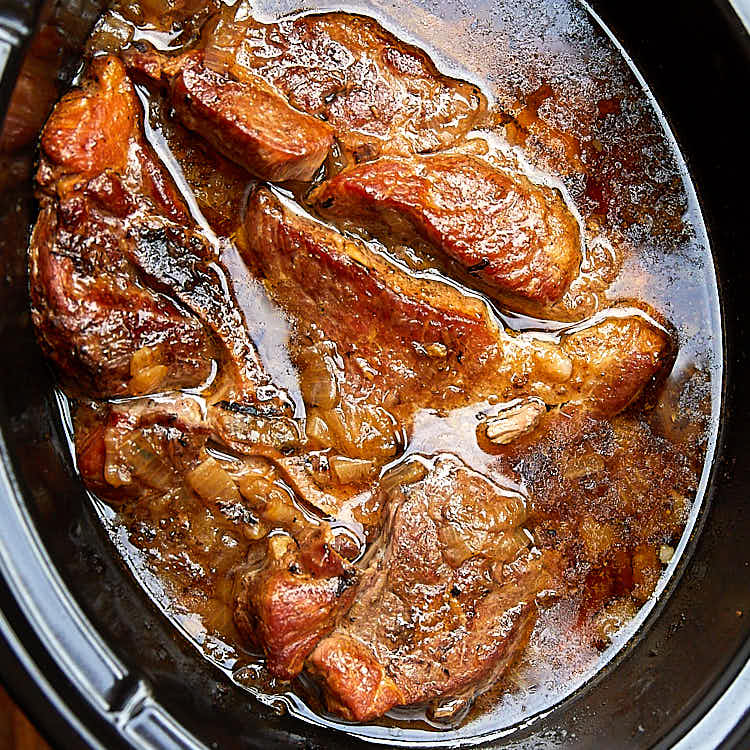
A. Asian-inspired seasoning and marinade options
For an Asian twist, experiment with seasoning and marinade options. Combine ingredients like soy sauce, hoisin sauce, rice vinegar, sesame oil, ginger, garlic, and Chinese five-spice powder. The combination of these flavors will give the ribs a savory and slightly sweet taste.
B. Incorporating flavors like soy sauce, ginger, and garlic
Soy sauce, ginger, and garlic are key ingredients in Asian cuisine that can elevate the flavor of stove-fried pork ribs. Create a marinade with soy sauce, grated ginger, minced garlic, and a touch of honey. Let the ribs marinate for a few hours to absorb the flavors. Alternatively, you can mix soy sauce, ginger, and garlic powder in a dry rub and coat the ribs before frying.
C. Serving suggestions for an authentic
Asian taste experience To complete the Asian taste experience, serve the stove-fried pork ribs with steamed rice, stir-fried vegetables, and a sprinkle of chopped green onions and sesame seeds. Add a side of kimchi or pickled cucumbers to complement the savory flavors.
VI. Sticky-Sweet Stove-Fried Pork Ribs
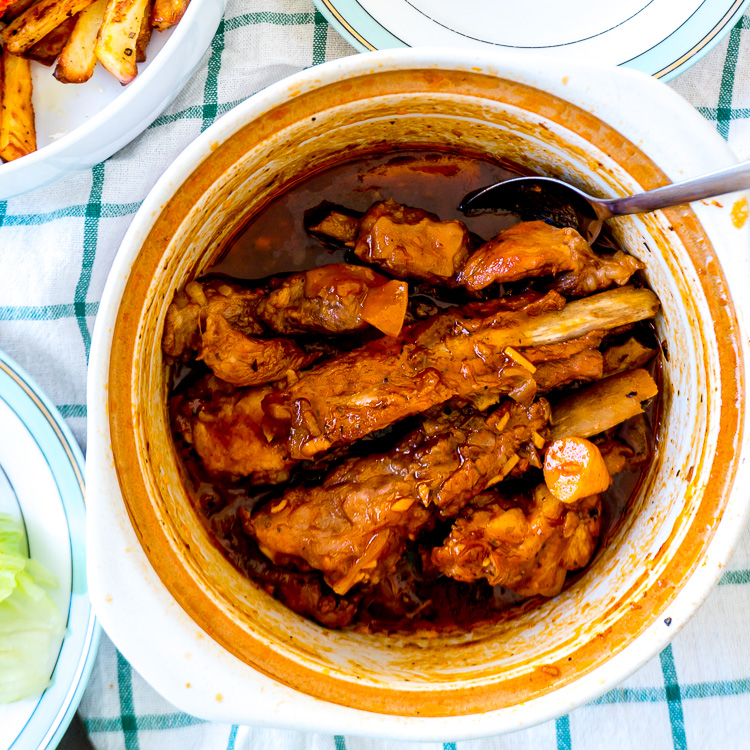
A. Creating a sticky glaze for the ribs
For those who enjoy a sweet and savory combination, create a sticky glaze for your stove-fried pork ribs. Combine ingredients like honey, brown sugar, soy sauce, hoisin sauce, ketchup, and a splash of vinegar in a saucepan. Simmer the mixture until it thickens slightly, then brush it onto the ribs during the last few minutes of frying.
B. Balancing sweet and savory flavors
Balancing the sweet and savory flavors is essential for sticky-sweet stove-fried pork ribs. Adjust the amount of sugar and soy sauce in the glaze to achieve the desired balance. For a tangy twist, consider adding a squeeze of fresh citrus juice or a dash of Worcestershire sauce.
C. Serving suggestions and garnishes
Serve the sticky-sweet stove-fried pork ribs with a side of coleslaw or a fresh green salad to balance the richness of the dish. Garnish with chopped fresh herbs like cilantro or mint for a burst of freshness.
VII. Oven-Finish Stove-Fried Pork Ribs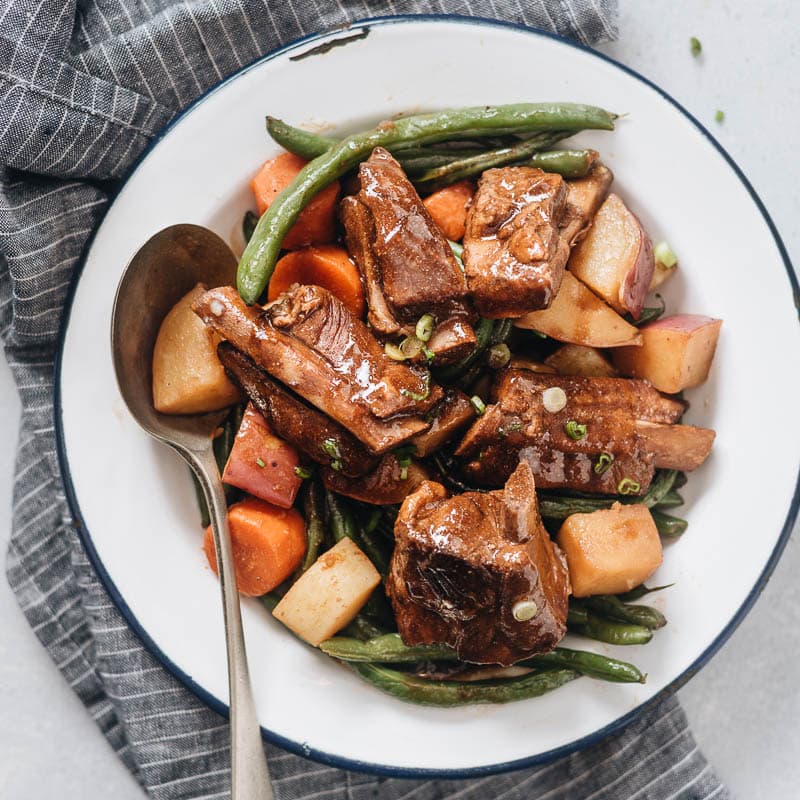
A. Using a combination of stove-frying and oven baking
To achieve perfectly cooked and tender ribs, finish them in the oven after stove frying. Begin by stove frying the ribs until they are browned and crispy on the outside. Then transfer them to a preheated oven at a low temperature, around 275°F (135°C). Slowly bake the ribs for 1 to 2 hours until they are tender and juicy.
B. Achieving a perfectly cooked and tender result
The combination of stove frying and oven baking ensures that the ribs are evenly cooked and tender throughout. The initial stove frying sears the exterior, locking in the juices and creating a flavorful crust. The low and slow oven baking gently cooks the ribs, allowing the connective tissue to break down, resulting in tender meat.
C. Advantages and tips for using this cooking method
Using a combination of stove frying and oven baking provides the best of both worlds — a crispy exterior and a tender interior. The stove frying step ensures a quick and convenient cooking process, while oven baking allows for precise temperature control and even cooking. To prevent the ribs from drying out in the oven, you can wrap them tightly in foil or place them in a covered baking dish to retain moisture.
By following these flavor variations and cooking tips, you can create a variety of delicious stove-fried pork rib dishes.

